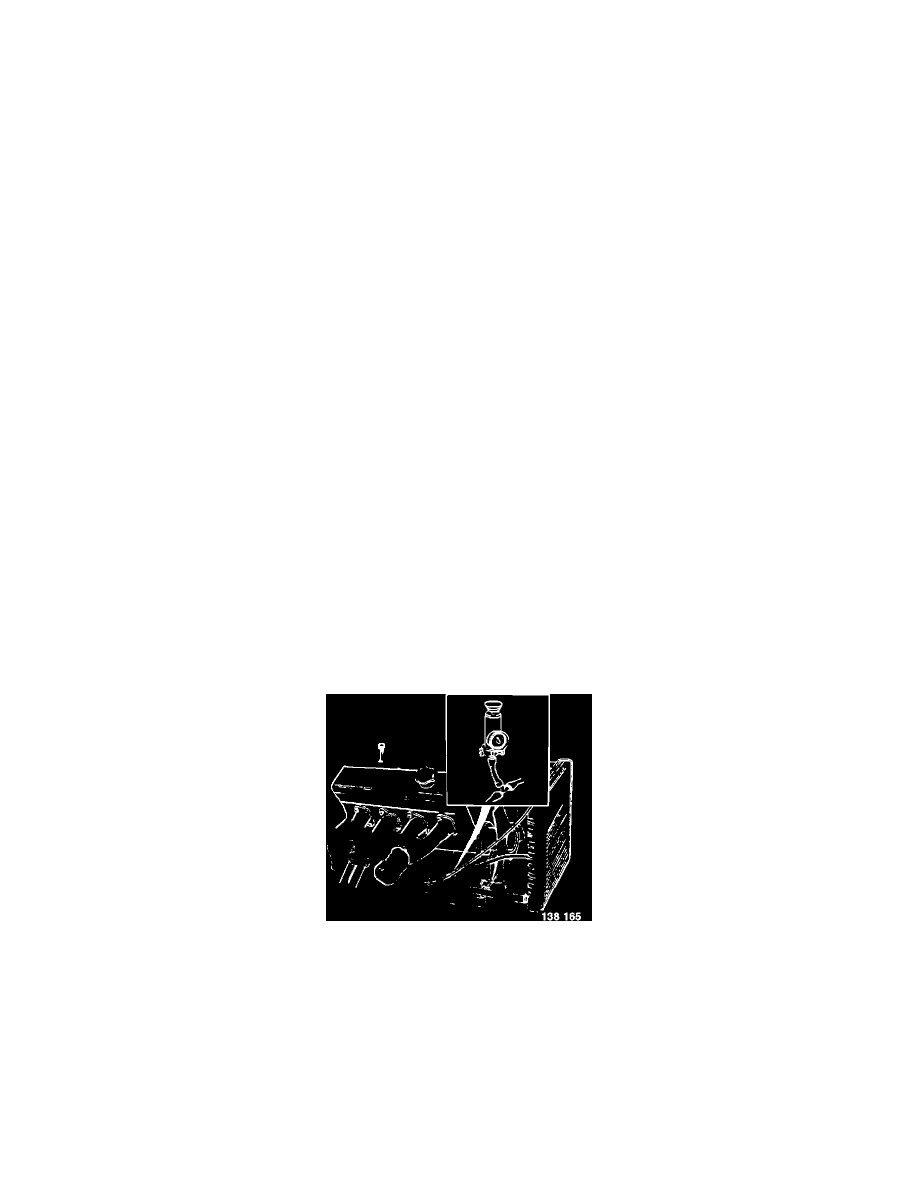760 L4-2320cc 2.3L SOHC Turbo B23FT (1984)

Technical Service Bulletin # 265880201
Date: 880201
Cooling System - Checking Excessive Coolant Loss
SECTION
GROUP
NO.
26
5
DATE FEBRUARY 1988
RE:
WATER PUMP, CHECKING
B230F/FT
700 SERIES
THIS BULLETIN APPLIES TO THE U.S. AND CANADA, AND SUPERSEDES SB 26-5, JULY 1987
REFERENCE:
TP 30897/1 (English), Engine B230FT TP 31140/1 (English), Engine B230F TP 31003/1 (English), B200, B230 Engines
WATER PUMP, CHECKING
Water pumps are,sometimes replaced when, for instance, only a gasket is leaking. If excessive coolant loss is suspected, the cooling system should be
pressure-tested to determine if the system is leaking and the location of the leak.
NOTE:
If it is not verified that the system is losing coolant, a small discoloration around the drain hole for the water pump shaft seal is not evidence of
active coolant leakage, and is considered a normal operating condition.
The water pump shaft seals are designed to operate utilizing the coolant as a lubricant. This will create a very small seepage of coolant through the drain
hole during engine cooldown. An improved pump seal that will minimize this seepage has been introduced into production starting with coolant pump
date code 645.
Cooling System, Pressure Test
PARTS REQUIRED: Description
Part No.
Expansion tank cap (white)
1357776-2
SPECIAL TOOLS:
Pressure tester
9985496-0
Warm-up engine
Warm-up engine until thermostat opens. Turn off engine.
Temporarily install white expansion tank cap (P/N 1357776-2).
Connect pressure tester, using T-piece, to small hose connected between radiator and expansion tank.
Increase pressure to approx. 90-95 kPA (13.0-13.8 psi).
Visually inspect the following areas for active coolant leakage (droplets):
